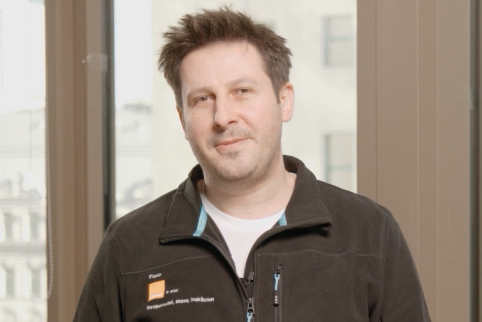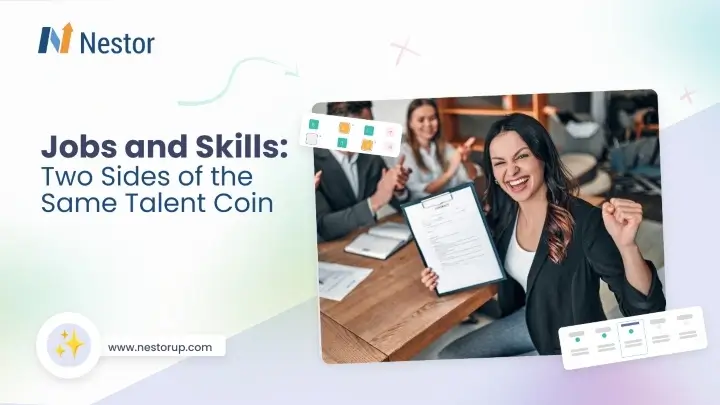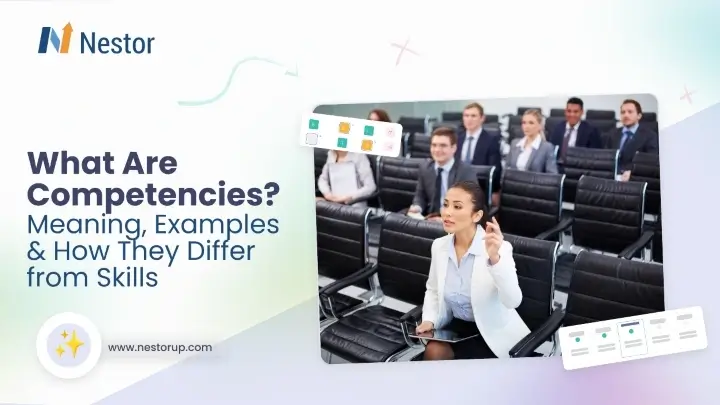Skills are the new currency of the future, no doubt. According to McKinsey & Company, a deep understanding of skills “can enable an organization to conduct strategic workforce planning, recruit and retain the right talent, offer useful and engaging training, and create compelling employee development expectations and career paths.”
But to place skills at the front and center of your talent strategy, first, you have to be aware of the skills and the evolving skills needs at the organizational level and start collecting them in a centralized structure.
This centralized structure is often referred to as a skills library, skills inventory, skills catalog, or skill ontology. It includes skills data, capabilities, qualifications, and employee attributes that offer clear visibility and a unified understanding of skills within an organization. Most of the time, data collection is the most challenging part.
When getting started to build your skills library, take into consideration the following steps below:
1. Set goals so that you gather the appropriate data you need
One of the first things you’ll need to do when starting to create a skills library is set goals.
Choosing the right data points to collect will depend on the goals of your organization. If you are building a skills library to help hiring managers find the right candidates for open roles, you may want to collect data about their previous experience and education, specific skills, and other detailed information about their background.
If you are building a skills library to help your employees grow and advance in their careers, you may want to collect data about their long and short-term goals, interests, personal values, how they performed in their current roles, or how engaged they are in the workplace. These details can help you develop personalized career paths and recommend courses and programs that might be a good fit.
2. Set a frequency for data collection
Creating a skills library might just be not enough to match the complex needs of today’s fast-paced world. Business models change, and so do job roles and the type of skills required. Your skills library must be able to capture all the changes and to do so, it must be updated regularly throughout the year.
In this way, you can stay up to date on new and emerging skills, observe how skills are changing and learn which skills are becoming obsolete.
3. Create a skills hierarchy or skills categories within your business
Once you have some clear goals in mind, you can start grouping skills into skills categories and assign them a hierarchy.
You can do this by deciding which skills and tasks are most important to your business and what skills are needed to perform certain tasks. For this step, we recommend you to work closely with your executive leadership and team leaders, review together the current definitions of skills and determine if they are up to date with the current business goals. If a skill no longer has a place in your company, remove it from your list.
Once you identify the types of skills that are relevant, you can create a hierarchy or categories and map them out across your organization. With this skills hierarchy, employees should start at the top and work their way down as they acquire new skills. This can also help you make sure that the skills existing in your organization match the complexity and proficiency level of your project and tasks while also creating a clear path for employees to advance in their jobs.
To have a clear view, you should take the time to understand which are, for example, the soft skills needed no matter the job role and which are those particular skills specific to performing certain tasks.
4. Use skills names and descriptions to create a unified understanding of each skill
You can't have a comprehensive skills library without a clear name and description in mind for each skill and set of skills.
For example, if a certain skill applies to various job roles or projects in your organization, remember to use the same standardized term to avoid confusion. By having a standardized list of skills throughout your organization, you can ensure that all employees have the same understanding of what each skill means.
Moreover, standardized names and descriptions are particularly important when performing skills assessments. For each skill, the employees may need different levels of proficiency related to the job role requirements and this is perfectly understandable. Still, all employees must be surveyed and evaluated against a common understanding of a skill’s name and interpretation.
5. Use your skills library as a starting point to conduct skills mapping
A real skills-based approach goes beyond the traditional skills library. To move beyond a static and simple skills library you must assign your employees to different roles, teams, or projects based on their skills level of proficiency, interests, and personal goals. The most effective way to do so is by conducting a skills mapping.
For more information on this topic, remember to check out our blog post that includes some practical steps on how to conduct a skills mapping.
6. Use the right tools to collect and interpret data
A skills library should not be a static resource and this is a particularly important aspect to pay attention to. The skills library should be seen just as the starting point to surface talent and to keep track of the market trends and dynamics so that you can develop your workforce in the right direction.
But to reach this goal you need the right tools in place. An integrated, data-driven platform helps you deploy skills-based solutions for recruiting, talent development and retention, and career pathing.
With a platform like Nestor, you gain visibility not just related to the existing skills but also to their evolution over time. Additionally, you can embed feedback and pulse surveys to deep dive into the multiple perspectives of employees’ experiences and interactions in the workplace and understand how they link to skills and people’s capabilities.
On top of these findings, we use benchmarks and predictive analytics to help you uncover next-gen actionable insights about future risks, opportunities, or possible gaps between individuals and the organization.
Final thoughts
Although an essential part of developing a skills-based approach, the skills library is just the starting point. You need the right tools to efficiently collect data but also to make data-driven decisions around talent deployment, career development, and organization outcomes.
If you need help getting started, we’re always here to help.









